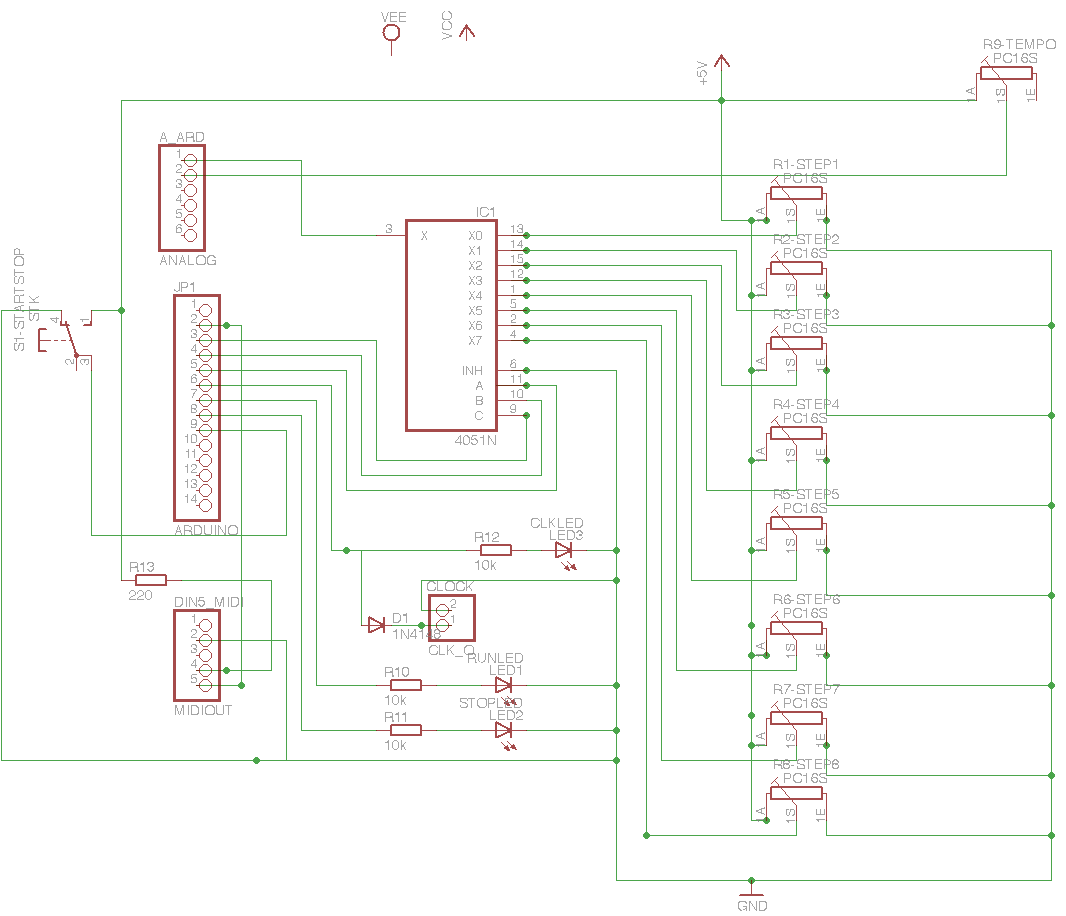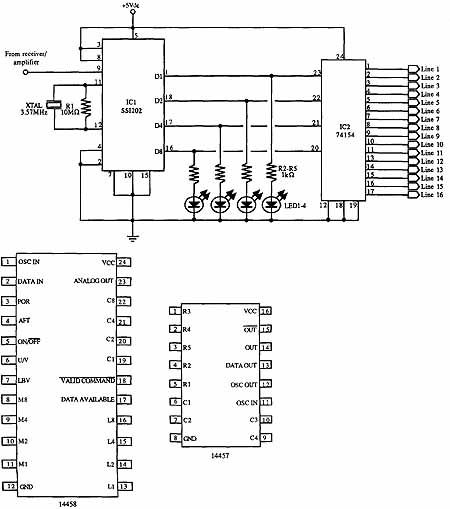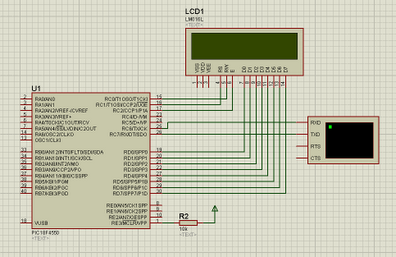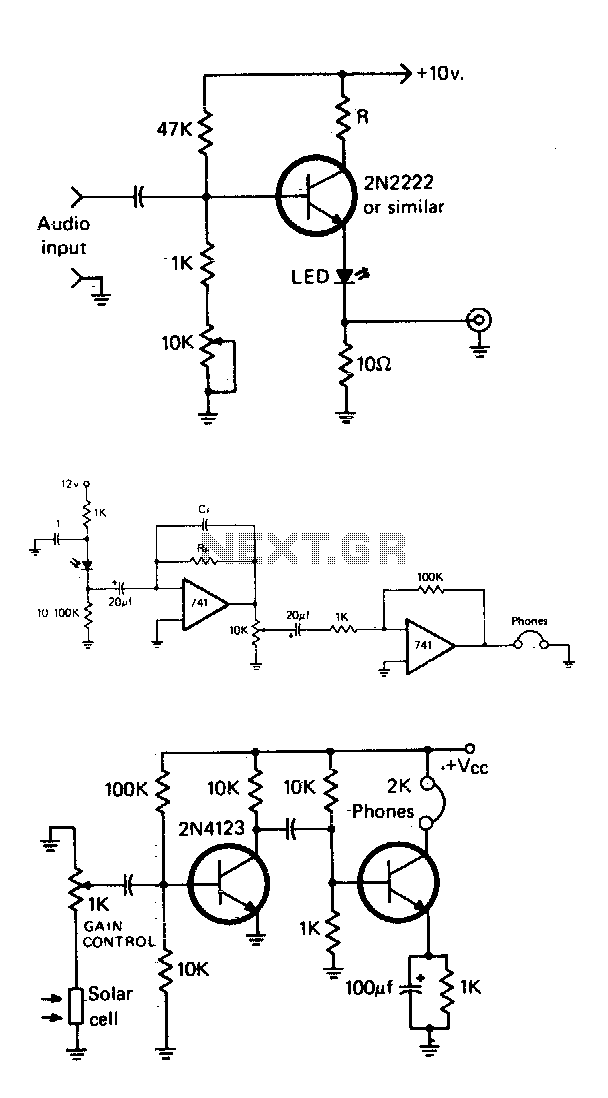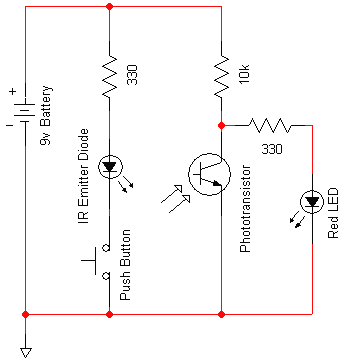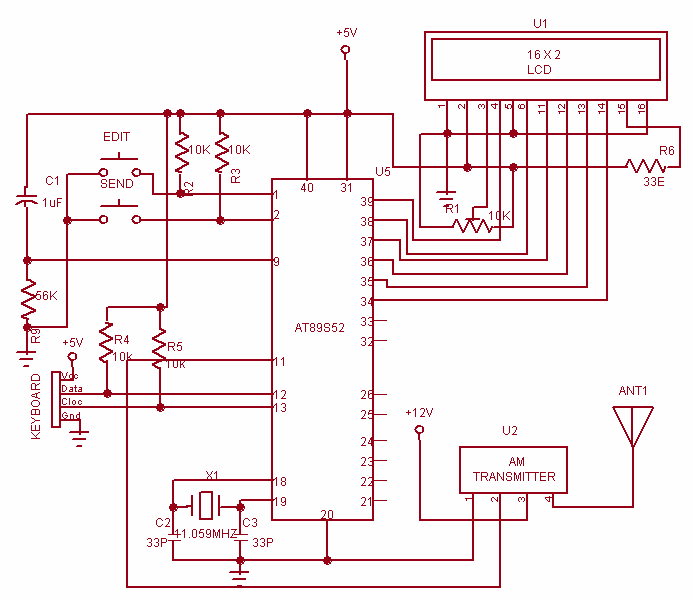
RF communication
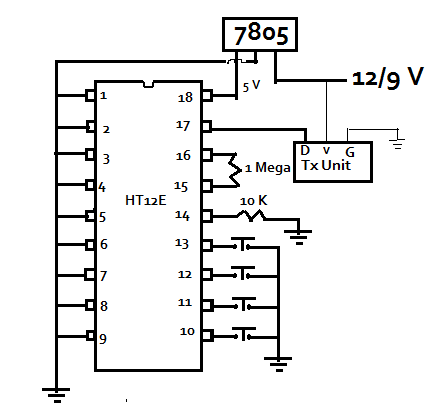
In the early days of being an electronic hobbyist, wireless communication was always exciting. The hassle of tangled wires from wired devices was a common frustration. Consequently, a low-cost RF module was purchased without much prior knowledge.
Wireless communication has become a significant area of interest in electronics, particularly for hobbyists seeking to simplify their projects. RF (radio frequency) modules are widely used for short-range communication applications, allowing data transmission without the constraints of wired connections. These modules typically operate in various frequency bands, such as 433 MHz, 868 MHz, or 915 MHz, and can be utilized in various applications, including remote controls, wireless sensor networks, and telemetry systems.
A basic RF module setup consists of a transmitter and a receiver. The transmitter encodes data into an RF signal, which is then transmitted through an antenna. The receiver captures the RF signal and decodes it back into its original data form. Commonly used RF modules include the popular nRF24L01, HC-12, and the 433 MHz RF module.
When designing a circuit with RF modules, several key components are typically involved. The transmitter section may include a microcontroller, which generates the data to be sent, and an RF module that modulates this data for transmission. The receiver section will also include a microcontroller to process incoming data and an RF module for demodulation. Additionally, proper power supply considerations are essential, as RF modules may require specific voltage levels.
A schematic diagram for a simple RF communication system might show the microcontroller connected to the RF module via SPI or UART, depending on the module's communication protocol. Antenna design is also crucial for maximizing range and minimizing signal loss. It is important to ensure that the antenna is tuned to the operating frequency of the RF module for optimal performance.
In summary, RF modules offer an effective solution for wireless communication in electronic projects, providing flexibility and ease of use for hobbyists and professionals alike. Understanding the fundamental components and their interactions is essential for successful implementation in various applications.During early days of mine as an electronic hobbyist, the wireless communication had always got me excited . Afterall, who wouldnot grow tired of those tangling wires of wired bot. :-P So i got the cheapest rf module available in the market, without knowing much about. 🔗 External reference
Wireless communication has become a significant area of interest in electronics, particularly for hobbyists seeking to simplify their projects. RF (radio frequency) modules are widely used for short-range communication applications, allowing data transmission without the constraints of wired connections. These modules typically operate in various frequency bands, such as 433 MHz, 868 MHz, or 915 MHz, and can be utilized in various applications, including remote controls, wireless sensor networks, and telemetry systems.
A basic RF module setup consists of a transmitter and a receiver. The transmitter encodes data into an RF signal, which is then transmitted through an antenna. The receiver captures the RF signal and decodes it back into its original data form. Commonly used RF modules include the popular nRF24L01, HC-12, and the 433 MHz RF module.
When designing a circuit with RF modules, several key components are typically involved. The transmitter section may include a microcontroller, which generates the data to be sent, and an RF module that modulates this data for transmission. The receiver section will also include a microcontroller to process incoming data and an RF module for demodulation. Additionally, proper power supply considerations are essential, as RF modules may require specific voltage levels.
A schematic diagram for a simple RF communication system might show the microcontroller connected to the RF module via SPI or UART, depending on the module's communication protocol. Antenna design is also crucial for maximizing range and minimizing signal loss. It is important to ensure that the antenna is tuned to the operating frequency of the RF module for optimal performance.
In summary, RF modules offer an effective solution for wireless communication in electronic projects, providing flexibility and ease of use for hobbyists and professionals alike. Understanding the fundamental components and their interactions is essential for successful implementation in various applications.During early days of mine as an electronic hobbyist, the wireless communication had always got me excited . Afterall, who wouldnot grow tired of those tangling wires of wired bot. :-P So i got the cheapest rf module available in the market, without knowing much about. 🔗 External reference
